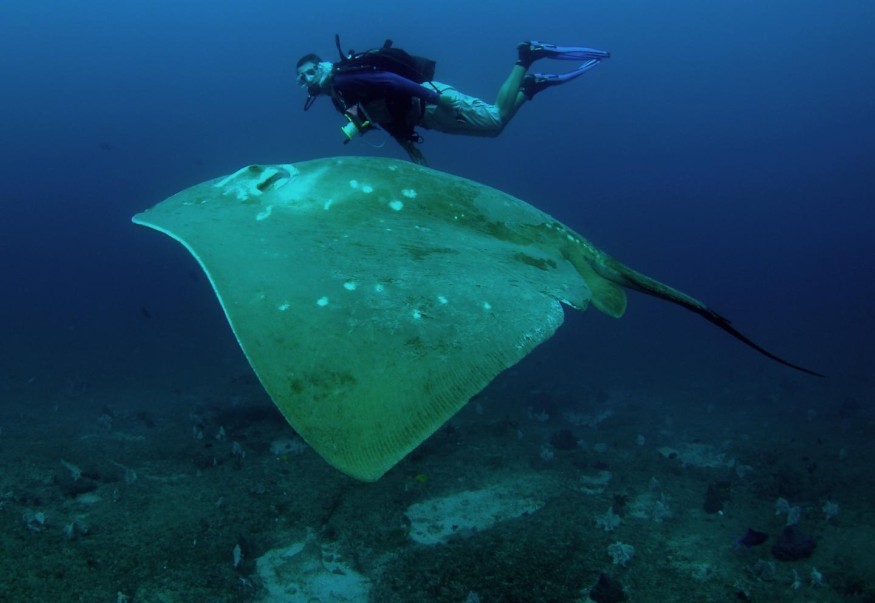
As if it were a scene in a horror film, at least 176 people got stung by stingrays in just one day, officials from Huntington Beach in California reported.
But the authorities also made it cleared that there was not any stingray infestation. It is the humans who disturbed their territory.
Due to the low tide on Saturday, "beachgoers had ventured too far from the seashore that they ended up going to the areas of the stingrays," said Lt. Eric Dieterman of the fire department's Marine Safety Division.
Stingrays are not aggressive by nature. They usually camouflage themselves by burrowing their bodies under the sand in shallow, temperate waters. But if they get disturbed or stepped on, they will sting as a reflex.
Unfortunately, that was the case that happened last Saturday.
"This is the scene in front of LGHQ as there's been a rise in stingray incidents. The man on the right was hit on both feet, but he is taking it all in stride. Please remember to shuffle your feet as you enter the water to avoid stingrays." #beachtip pic.twitter.com/bDKqMMTNEk - Huntington Beach (@HBCityBeach) October 25, 2019
What to do when you see a stingray?
Diving with stingrays is generally safe unless they were threatened. A frightened stingray can plunge its sharp and hard stinger, and no wetsuits or diving gear can protect your body.
So the first step to protecting yourself against them is to never make them feel threatened. Experts suggest staying away from "stingray danger zone" or the area directly above them where they can easily strike by arching their tail forward. The safe zones are behind or their side, as the stingrays will have to make swimming adjustments before they can strike.
But for the cases similar in Huntington Beach, where beachgoers are unsuspecting due to obscured vision, experts suggest shuffling their feet first before going to the ocean. This will scare away the stingray.
For divers who will jump on shallow waters, it is suggested to throw a rock or shell on the area where they will land.
Stingrays hide under the sand both to hide from predators and to wait for unsuspecting fish they will hunt.
Stung by a stingray?
Lifeguards from Huntington Beach asked the people to soak the wound in bags of hot but not scalding water to ease the pain for at least 15 minutes. Stingray has venom that can be dispersed when heated.
But if the pain did not go away, immediately seek medical attention.
According to SeaGrant California, aside from warm water, antibiotics may be applied to prevent infections. A tetanus shot may also be administered, and in rare cases, surgery may be performed if the stinger remained inside the body.
The venom of stingray contains neurotoxins that cause cell death. The exact mechanism of this compound is still not fully understood yet, but getting stung in the chest or abdomen can be fatal. Steve Irwin, a television star and a conservationist, died in the same manner in 2006 while filming a documentary in Australia.
As of Sunday, there were fewer people in Huntington Beach since the weather has gone cooler, according to the report of KTLA, which is associated with CNN. Yet lifeguards had warned people to stay away from the water until Monday to prevent more injuries.
© 2025 NatureWorldNews.com All rights reserved. Do not reproduce without permission.





